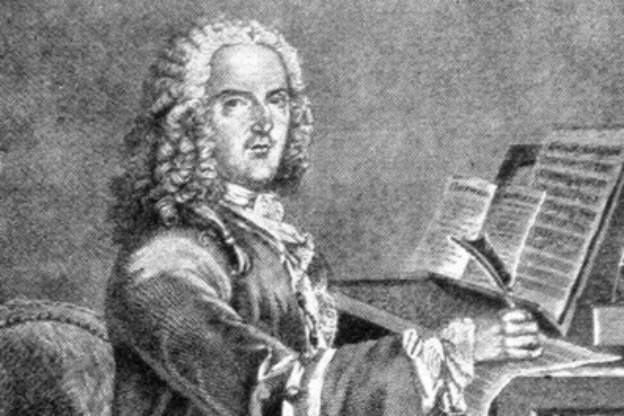
2012 brought with it the 40th season of the Aston Magna Festival, making it the oldest annual summer festival in America devoted to music performed on period instruments.
Today we'll visit a CD that Centaur Records released in 2012 of cantatas by Louis-Nicolas Clérambault. Clérambault, a contemporary of J.S. Bach, was a composer and organist at two Parisian churches. He also held royal appointments at the court of Louis XIV as manager of the king's private concerts and as organist to the Maison Royale de St. Cyr, a school for well-born but impoverished young women.
In 1710 Clérambault received a royal privilege to publish "every sort of music, both vocal and instrumental," and during the next 32 years he published five collections and several separate items that included cantatas, sonatas, motets, and pieces for organ and harpsichord. The Adagio you're hearing is a movement of a trio sonata entitled La Magnifique.
At the beginning of the 18th Century, the cantate française, which began as an import of the Italian cantata, offered a way to bring music and drama to the salons of the fashionable in a more modest and affordable way than the court operas. Pairs of recitative and aria were joined up to create dramatic works that enjoyed great success with the public. Our CD presents three of Clérambault's cantatas: Orphée, by far the most popular work in the French cantata repertory; L'amour piqué par une Abeille (Cupid Stung by a Bee); and Medée, the mythological story of abandonment, revenge and remorse that has captured the imagination of composers from Cavalli to the present day.
Let's listen now to part of the aria from Orphée in which the hapless Orpheus makes a plea to Pluto to win the freedom of his beloved Euridice. Clérambault chooses to present the heightened emotion of the central moment of the drama by moving the continuo to the treble range, where it is supported by the violin.
Finally, let's hear an excerpt of the final aria from Medée, in which Medea calls upon the Furies to destroy Jason's palace and the viola da gamba player in particular is given a French baroque aerobic workout!









